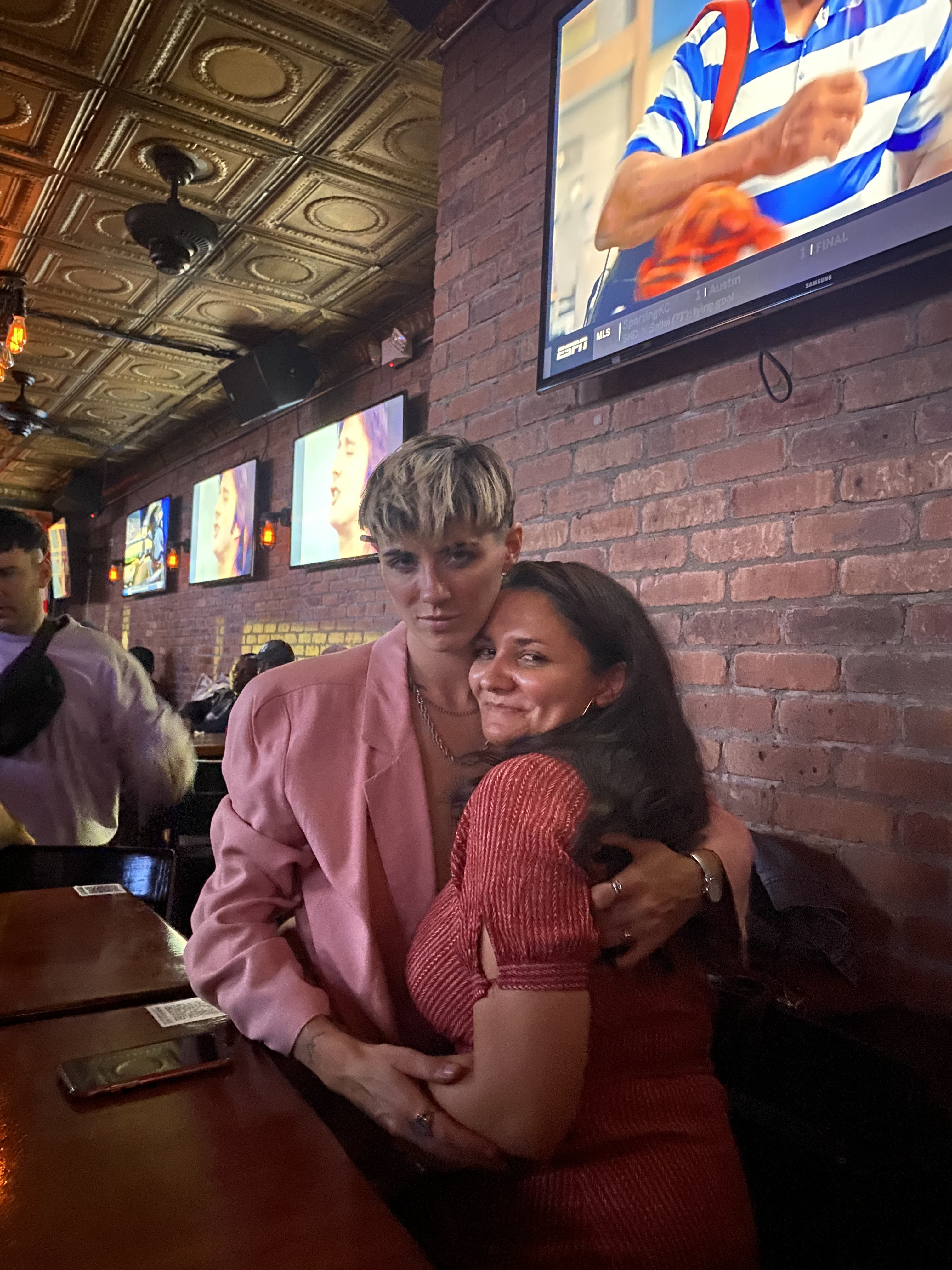
Joseph and Johanna had 10 children together, according to the birth registry, census records, obituaries and published family history accounts. Knezacek’s first wife, Sophia, died in 1912, leaving behind seven children. In about 1913, Johanna married Joseph Knezacek.Ĭensus records show he was a Russian-born farmer who immigrated to Saskatchewan in 1890. “I met them, but I never had any visits with them, because they talked Czech and I didn’t. Marie says in the 1940s, she and Phillip used to visit with his aunts, including Johanna, also known as Jennie. However, CBC has passenger manifests showing Bourassa’s great-grandmother Salaba left Russia in 1911 with her mother and sister to connect with her father, who had been granted land in Saskatchewan’s Punnichy area, where many Eastern European people settled.Ĭensus records identify Salaba as a Czech-speaking Russian, unable to speak English.ĬBC spoke with a 99-year-old relative of Johanna, Marie Salaba, whose husband, Phillip, was Johanna’s nephew. into Saskatchewan and they had a family.” “My great-grandmother was Tlingit,” she said, referring to Johanna Salaba. “We started talking and, if you can believe it, we’re relatives,” Bourassa told her audience. WATCH | Carrie Bourassa’s public claims about her ancestry from a 2018 talk:

The most specific account CBC was able to locate was in a 2018 talk she delivered at the Health Sciences North Centre in Sudbury, Ont., when she addressed her relationship to the Tlingit. She is the modern-day Grey Owl,” Tait said, referring to the famous British-born conservationist from the early 1900s who fooled the world into believing he was a Native American man.ĬBC independently examined genealogical records related to Bourassa’s ancestry, including birth certificates, ship passenger manifests, census records, probate files, newspaper clippings and local family histories.ĬBC also examined Bourassa’s public claims about her ancestry. In her email to CBC, Bourassa said the U of S complaint was dismissed. Tait was so troubled by what she found that, with the support of Wheeler and others, she compiled the information in a document and submitted formal academic misconduct complaints against Bourassa with the U of S and the CIHR. “There was nowhere in that family tree where there was any Indigenous person,” said Wheeler. Tait said genealogical records show that Bourassa’s supposed Indigenous ancestors were of Russian, Polish and Czechoslovakian descent. “These are people who are Eastern European people. “We start to see that no, as a matter of fact, are farmers,” Tait said. So Tait, Wheeler, Smylie and others decided to review that genealogy for themselves.

They also recently learned that Bourassa’s sister had stopped claiming to be Métis after she examined her genealogy. Tait said Bourassa’s shifting ancestry claims made her and other colleagues suspicious. In addition to claiming Metis and Anishinaabe heritage, Bourassa has also asserted that she’s a descendant of the Tlingit, a small group of Indigenous people from the Yukon and British Columbia. In an email, the CIHR calls Bourassa “a Métis woman, a highly regarded Indigenous researcher” who “has been a selfless leader and a tireless champion for all Indigenous Peoples in this country.”Įarlier this week, CIHR took to Twitter to celebrate that Bourassa was just named one of Canada’s 100 most powerful women for 2021 by WXN, a Toronto-based women’s advocacy group. She is also the scientific director of the Canadian Institutes of Health Research’s Institute of Indigenous Peoples’ Health, a federal agency that is the leading funder of Indigenous health research in Canada. She is a professor in the department of community health and epidemiology at the University of Saskatchewan, where she directs the Morning Star Lodge, an Indigenous community-based health research lab. As it turns out, Bourassa went on to become one of the most prominent and respected voices on Indigenous health in the country.


 0 kommentar(er)
0 kommentar(er)
